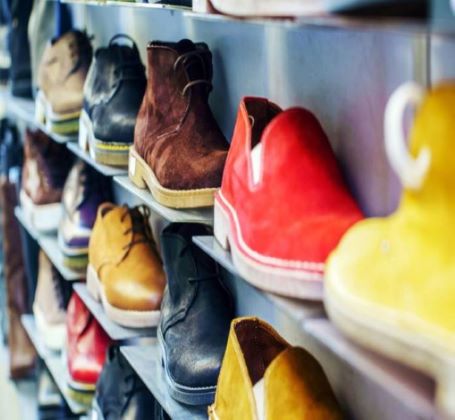Reasons That Prices for Footwear Could Increase This Summer
Recent economic data for the month of March seems to indicate that the United States is experiencing the beginnings of a recovery after facing devastating blows during the past year due to the ongoing coronavirus pandemic. However, a confluence of events could impact consumers at their wallets in the coming months, causing an uptick in retail prices, including for shoes. FDRA predicts that sales for footwear could see more gains in the coming months, as vaccine rollouts continue and coronavirus restrictions ease, allowing Americans to return to classrooms and the office. “Now that consumers are venturing out a little more, I think there’s going to be some need for replacement footwear,” explained Raines. “For awhile, people maybe thought, ‘I can let it slide since I’m not going to work or school — let’s focus on food on the table and a roof over the head.’ But as the recovery gains more traction, you’re going to see that incentive to replace those old worn out shoes really kick in.” Products Are Still Sitting on Cargo Ships. For the past couple of months, congestion at the Ports of Los Angeles and Long Beach has been creating massive headaches for importers, particularly footwear brands, which produce a majority of their shoes in Asia and that enter the U.S. through these West Coast entry points. Rising commodity prices — including the aforementioned increased energy costs — touch footwear companies in a range of ways, explained Raines. “When it comes to shipping, we’re looking at crude oil costs. Or you look at cattle and how it impacts leather, or cotton prices impacting footwear materials like shoestrings. And then also with higher crude oil costs come rubber prices, and [there’s the relationship between] tree pulp prices and shoeboxes. The list goes on and on.”
View More

